little lessons portfolios - one lesson each day
a school year's curriculum organized into two easy to use workbooks
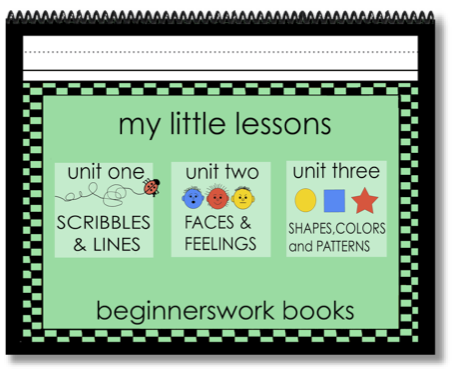
73 bw lessons organized in an easy to use spiral work book with a glossy cover ready for your beginner's name.
15.95 and veailable at beginnersworkbooks
The first experience children have with writing or drawing is usually as simple as using their fingers to draw scribble on steamy glass, or using a stick to draw a line in sand. When a very young child first learns to scribble with crayon on paper it is a powerful experience. Usually scribbles are random works of art. The first part of little lessons helps us teach children to be intentional with their scribble movements (up and down, side to side, etc.)
Next, they will learn to make lines. Lines travel in one direction and also have a shape (straight curvy, zig zag, etc.). Drawing a line is more difficult since it requires coordinating many movements.
The skills children will learn in FACES AND FEELINGS are the building blocks of social development. Learning to recognize her parents’ faces and to interpret their expressions is vital to a young child. A smile for recognition, a frown for concern. Because faces hold great meaning for very young children, we think it is the first symbol they should learn to draw. She makes different expressions to show her own feelings and watches the response.
In Faces and Feelings children will learn how to draw a face and pay attention to the details that make an individual expression. FACES and FEELINGS will teach a child recognize, name and draw six specific feelings that they experience every day. They will keep a journal of their own feelings for 5 days. Recognizing and naming their own feelings are a useful skills for very young children, helps a child to communicate better with everyone around them and decreases frustration, helping everyone to be happier!
The skills your students will learn in SHAPES, COLORS & PATTERNS are the building blocks for drawing, reading and writing. Everything we look at is composed of shapes. Basic geometric shapes are universal.
When we draw a picture of a cat we use circles, triangles and lines.
Reading depends on the ability to recognize each different configuration of geometric shapes as letter.
When we look at a word we see a pattern composed of letters: CAT
And whenever we see this pattern of letters C-A-T we know that it spells CAT
To all this information we add colors so that we can better describe this CAT.
These little lessons will enhance: classifying, social development, matching, sorting, sizes and shapes discrimination self concept, eye hand coordination, balance, self-concept, pre-writing, visual development, language development, listening, attention span, size and shape discrimination, following directions, visual discrimination and vocabulary enrichment, color recognition, pattern recognition.
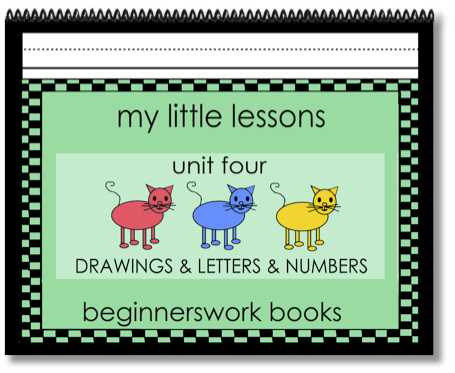
140 bw lessons organized in an easy to use high quality spiral book with a glossy cover ready for your beginner's name.
15.95 at beginnersworkbooks
Visualization is an important part of language and creativity. In this unit children will learn to draw 26 figures, as they also learn to write the alphabet. They will learn first letter sounds and then use what they have learned to create original paintings, brimming with personality.
The activities in drawing, letters & numbers are simple, brief and developmentally appropriate. As a part of a rich experiential curriculum, little lessons teaches basic and necessary skills young children need on a regular and consistent basis. It is our experience that genuine self-esteem is enhanced when children see their own progress in this structured and consistent format.
These are lessons for you to use with your students… teaching opportunities. You will use them to teach new skills that are vital to the education of young children and that they will use as a foundation for the rest of their learning.
The skills your beginners will learn in drawings, letters and numbers are the building blocks for reading and writing. Everything we look at is composed of shapes. Basic geometric shapes are universal.
These little lessons will enhance: classifying, social development, matching, sorting size and shape discrimination self concept, eye hand coordination, balance, self-concept, pre-writing, visual development, language development, listening, attention span, size and shape discrimination, following directions, visual discrimination and vocabulary enrichment, color recognition, pattern recognition.

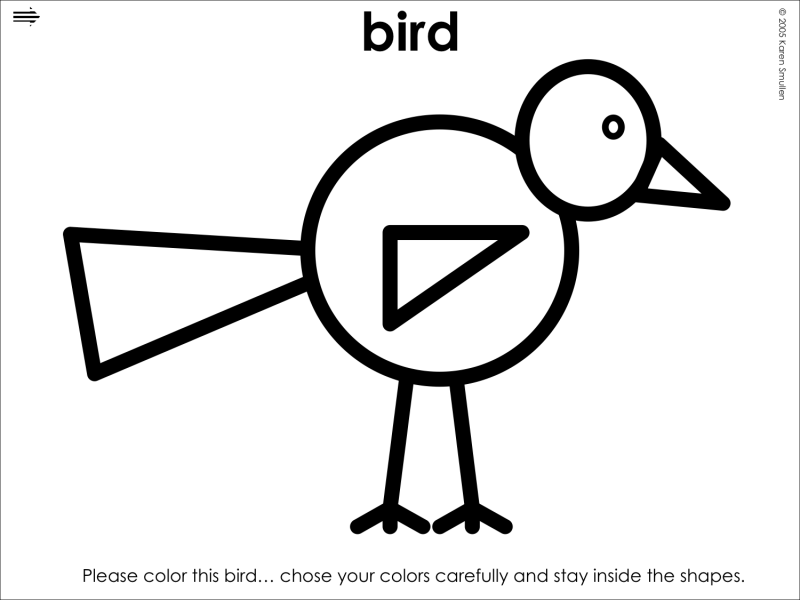
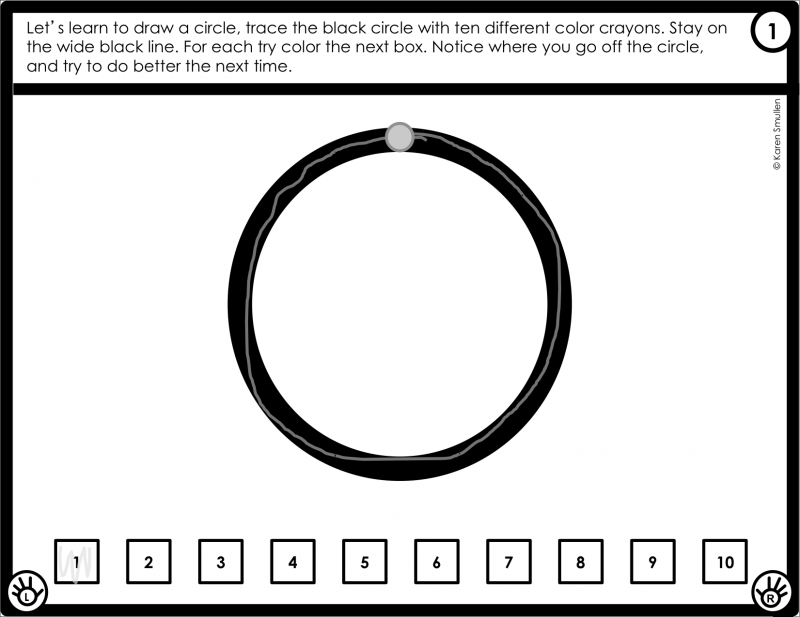
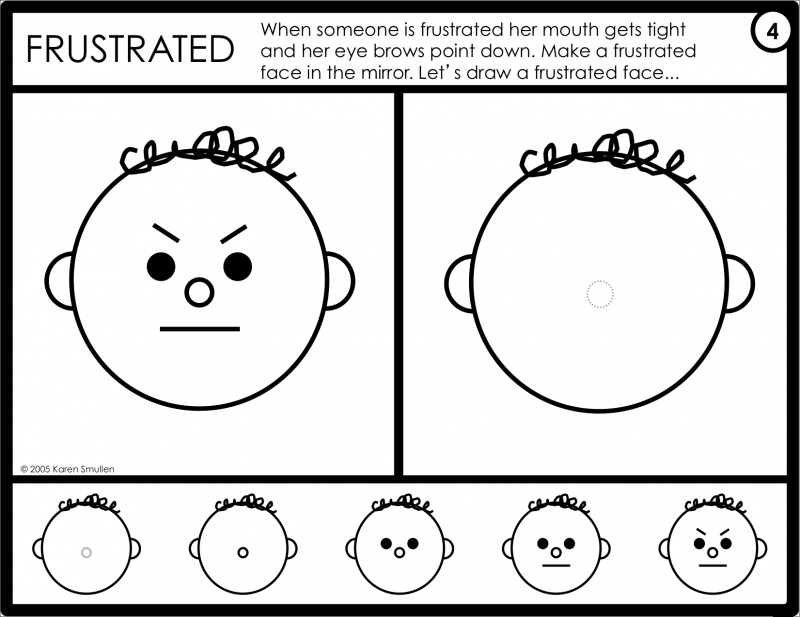

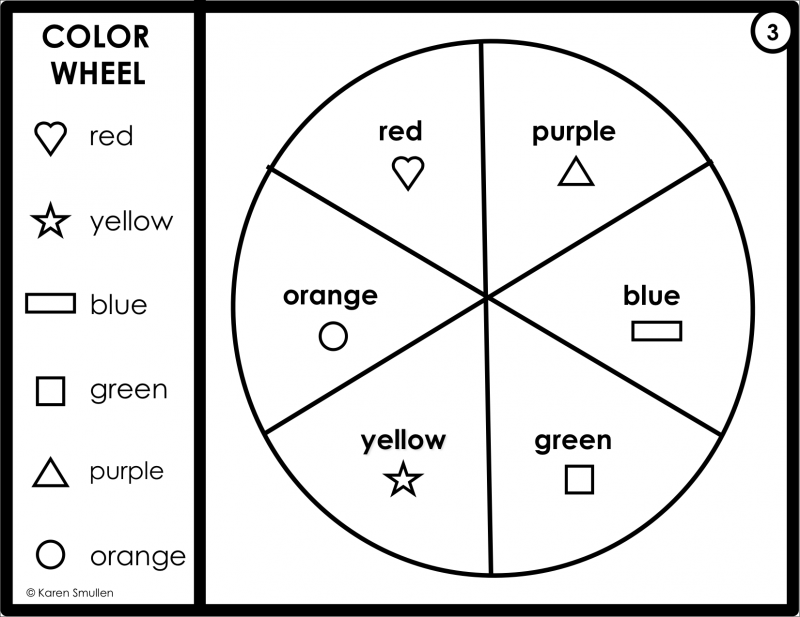
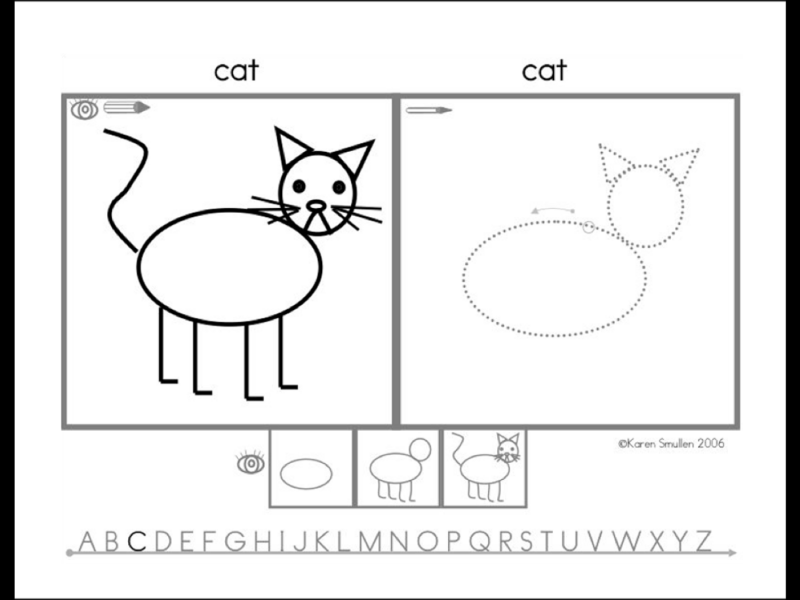
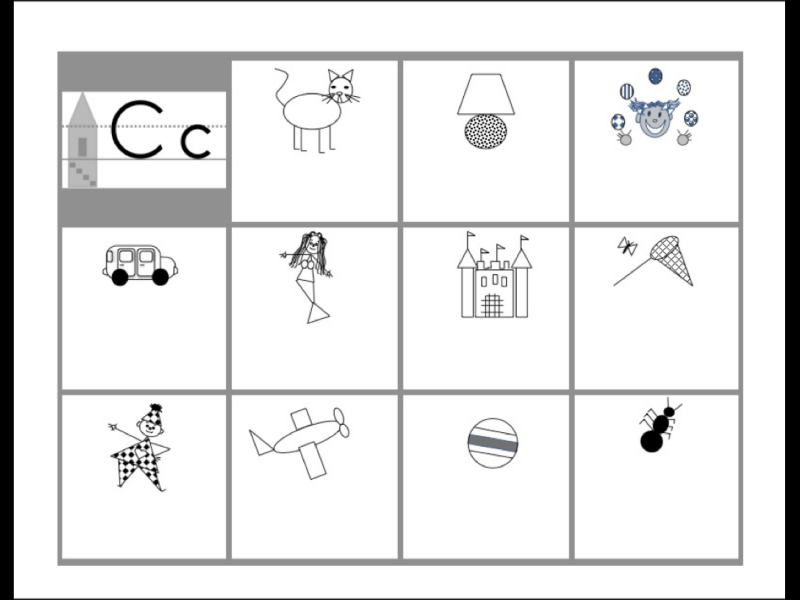
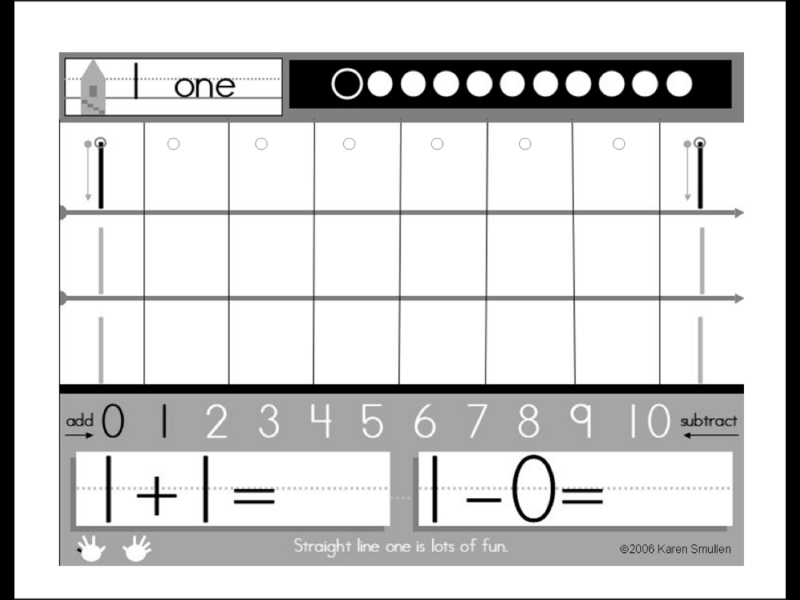




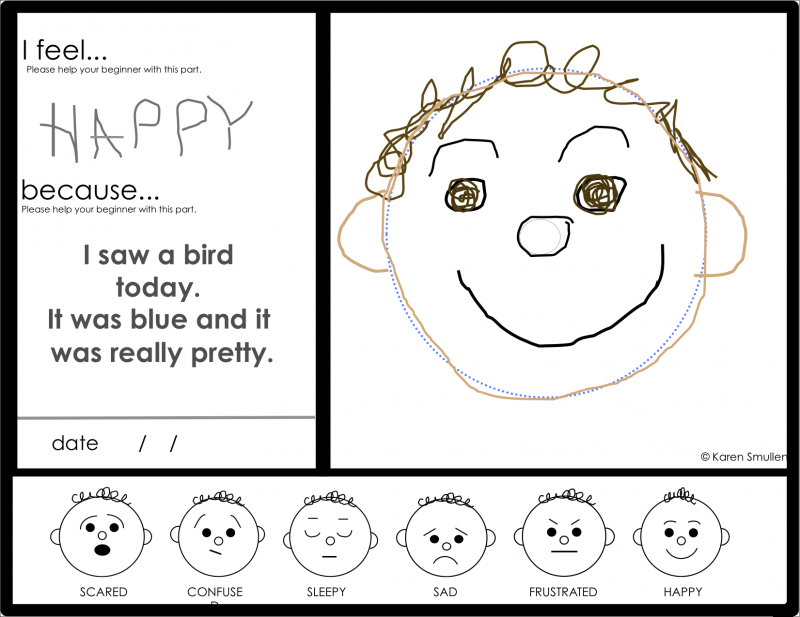
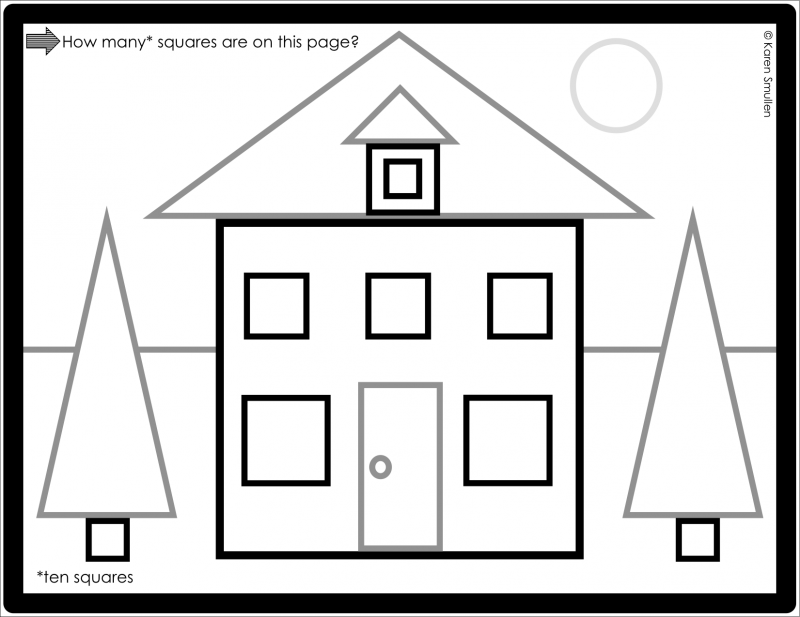

a
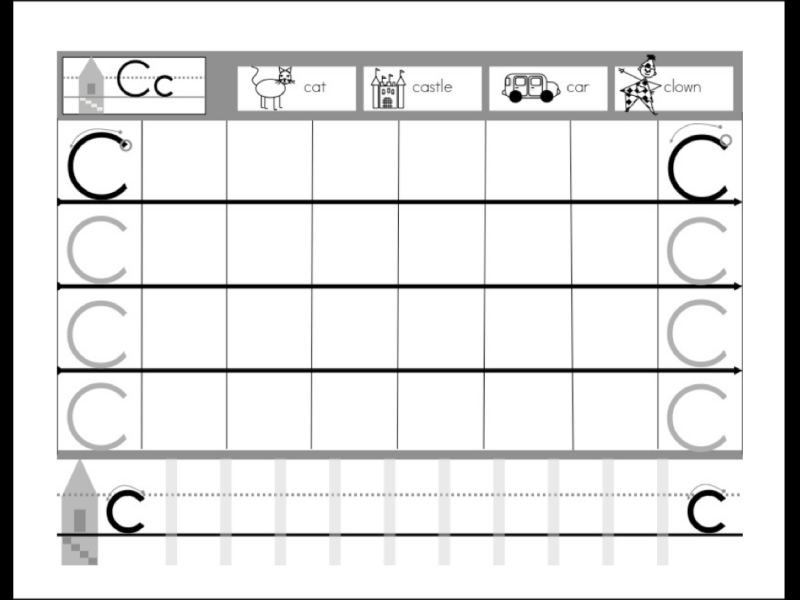
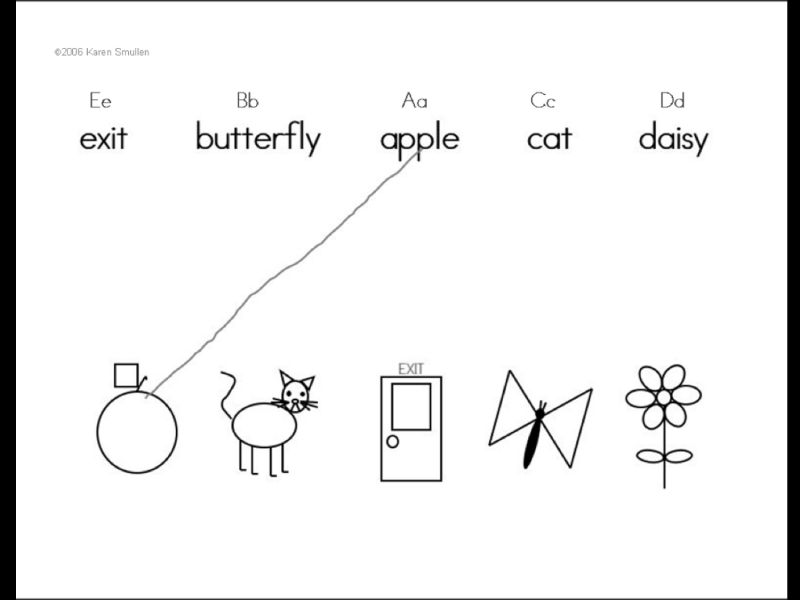
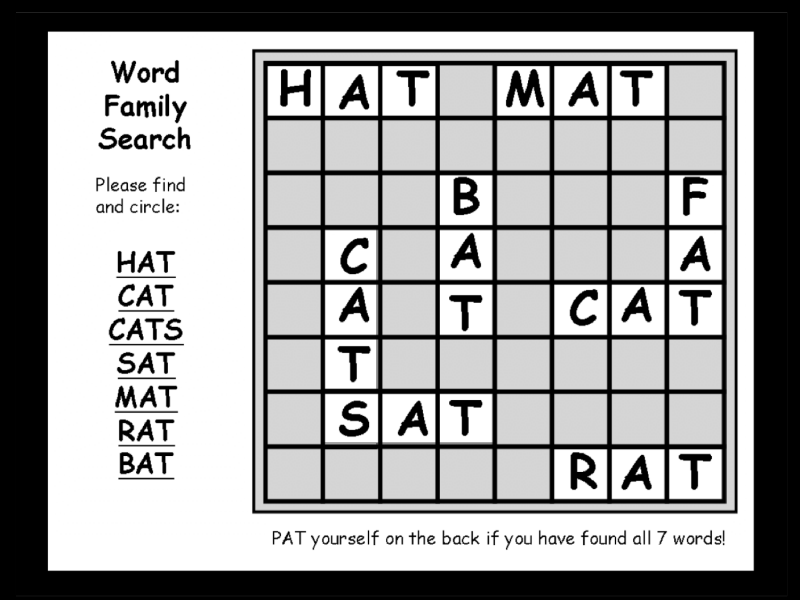
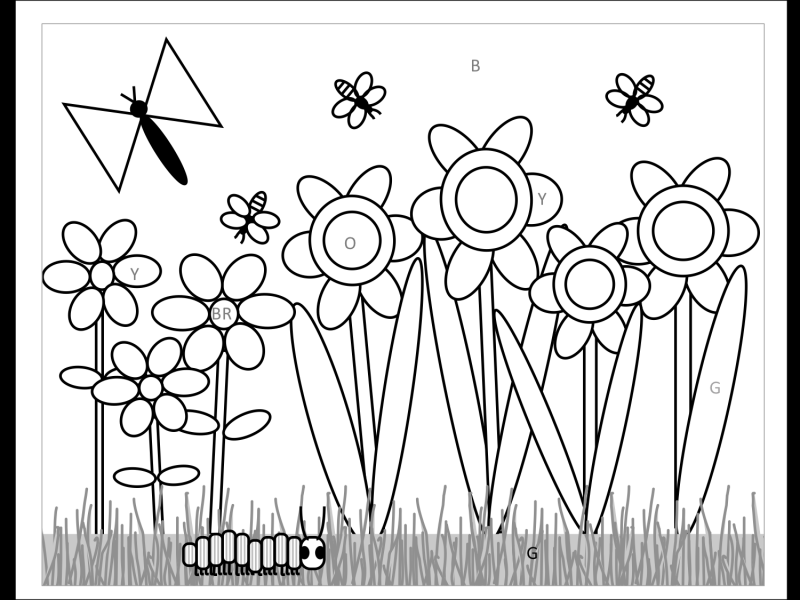
Copyright 2018 beginner'swork.com. All rights reserved.